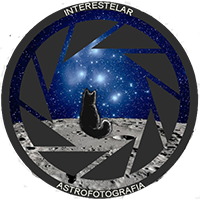La nebulosa de Orión, también conocida como Messier 42, M42, o NGC 1976, es una nebulosa difusa situada al sur del cinturón de Orión.6 Es una de las nebulosas más brillantes que existen y puede ser observada a simple vista sobre el cielo nocturno. Está situada a 1270 ± 76 años luz de la Tierra,2 aunque ahora se ha medido su distancia en 1350 años luz, y posee un diámetro aproximado de 24 años luz. Algunos documentos se refieren a ella como la Gran Nebulosa de Orión, y los textos más antiguos la denominan Ensis, palabra latina que significa “espada”, nombre que también recibe la estrella Eta Orionis, que desde la Tierra se observa muy próxima a la nebulosa.7
La nebulosa de Orión es uno de los objetos astronómicos más fotografiados, examinados e investigados.8 De ella se ha obtenido información determinante acerca de la formación de estrellas y planetas a partir de nubes de polvo y gas en colisión. Los astrónomos han observado en sus entrañas discos protoplanetarios, enanas marrones, fuertes turbulencias que alcanzan velocidades de 700.000 kilómetros por hora en el movimiento de partículas de gas y efectos fotoionizantes cerca de estrellas muy masivas próximas a la nebulosa

